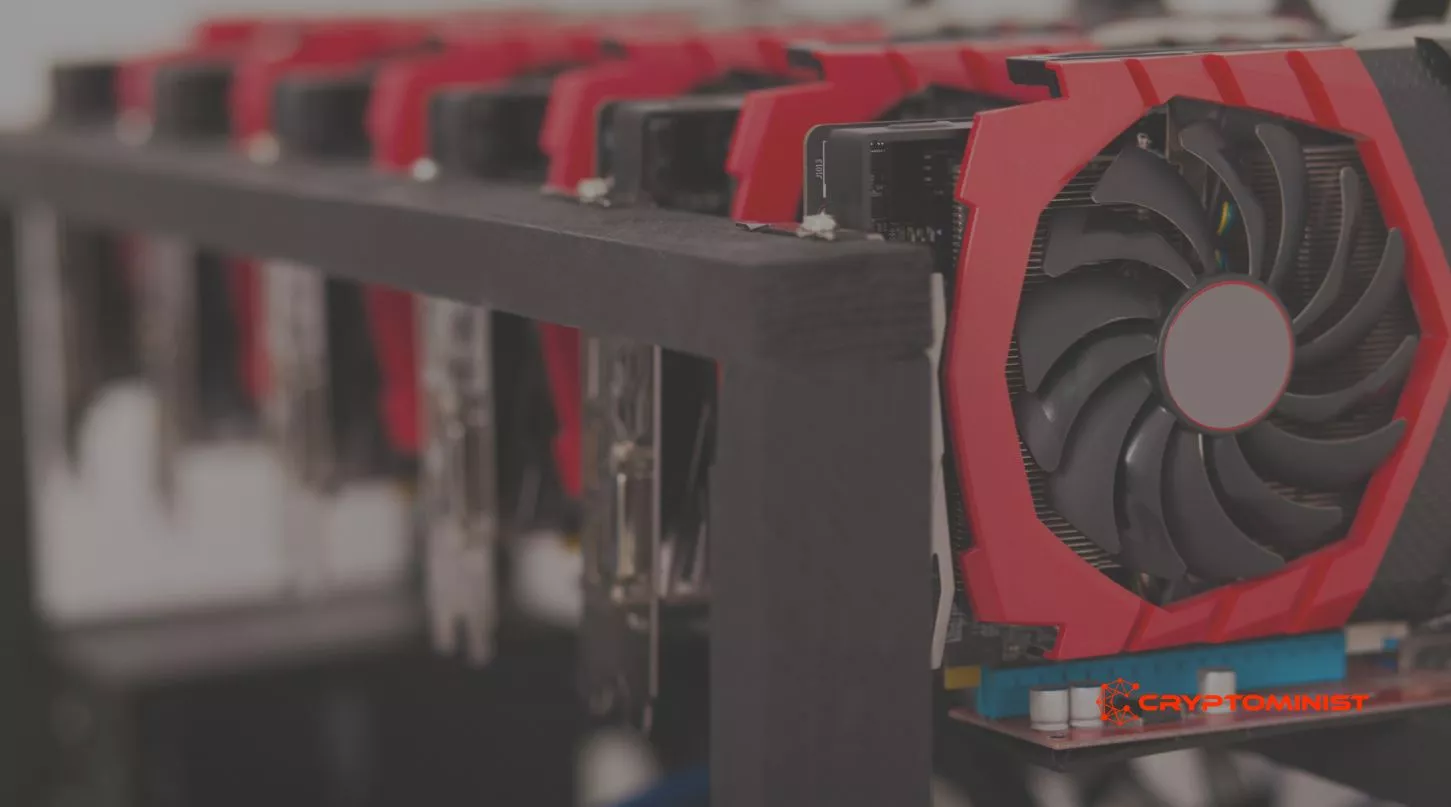Cryptocurrency mining, once a niche interest, has become a mainstream topic of discussion. It is not only a means of acquiring cryptocurrencies but also a fundamental process that keeps blockchain networks running. This article aims to provide an in-depth exploration of cryptocurrency mining, including its purpose, mechanics, and its broader impact on the world of digital currencies.
What is Cryptocurrency Mining?

Cryptocurrency mining is the process by which transactions are verified and added to the blockchain, ensuring the integrity of the entire network. It’s not a physical activity, like digging in the earth to find precious metals, but rather a computational one that involves solving complex mathematical puzzles.
Purpose of Cryptocurrency Mining
Cryptocurrency mining serves several crucial purposes within a blockchain network:
- Transaction Verification: Miners validate and confirm the legitimacy of transactions on the network. They ensure that the sender has the necessary funds and the recipient is receiving a legitimate transfer.
- Block Creation: Miners group verified transactions into blocks, each containing a fixed number of transactions. They compete to create a new block on the blockchain by solving a cryptographic puzzle.
- Consensus Mechanism: Mining plays a pivotal role in establishing consensus within a decentralized network. The miner who successfully creates a new block and adds it to the blockchain is rewarded, incentivizing their participation in the network.
The Mechanics of Cryptocurrency Mining
Cryptocurrency mining involves a series of complex steps:
- Transaction Verification: Miners select a set of unverified transactions from the network’s memory pool (mempool). These are transactions that are pending confirmation.
- Proof of Work (PoW): The selected transactions are grouped into a candidate block. Miners then attempt to solve a cryptographic puzzle known as the Proof of Work (PoW) puzzle. This puzzle requires significant computational effort.
- Finding the Correct Nonce: Miners must find a specific number, called a nonce, that when combined with the candidate block data, generates a hash (a long alphanumeric string) that meets specific criteria, such as starting with a set number of zeros.
- The Race to Solve: Multiple miners compete to find the correct nonce, and the first one to do so broadcasts their solution to the network.
- Consensus and Block Addition: Once the solution is verified by other participants on the network, the successful miner’s candidate block is added to the blockchain, and the transactions inside are confirmed.
- Block Reward: As a reward for their efforts, the miner receives a set number of newly created cryptocurrency coins (block reward) and transaction fees paid by users. For example, Bitcoin miners currently receive 6.25 bitcoins for every block they mine, in addition to transaction fees.
Challenges and Implications of Cryptocurrency Mining
Cryptocurrency mining has undergone significant changes and challenges over the years:
- Energy Consumption: Cryptocurrency mining, especially PoW mining, is resource-intensive and often criticized for its high energy consumption. The process requires powerful hardware and large amounts of electricity, which has raised environmental concerns.
- Mining Pools: As the difficulty of mining increases, many miners join mining pools, where they combine their computational resources and share the rewards. While this increases their chances of earning rewards, it can centralize mining power in the hands of a few large pools.
- Evolution of Hardware: The rise of Application-Specific Integrated Circuits (ASICs) has made it increasingly difficult for individual miners to compete with specialized mining equipment. ASICs are custom-built for mining and offer a significant advantage in terms of computational power.
Conclusion
Cryptocurrency mining is not just a technical process; it’s the heartbeat of blockchain networks. It ensures transaction security, and network decentralization, and incentivizes individuals to participate in blockchain maintenance. As the world of cryptocurrencies continues to evolve, so does the mining landscape, with ongoing debates about energy efficiency and the role of mining pools. Nonetheless, mining remains a critical aspect of the cryptocurrency ecosystem, providing the infrastructure needed to underpin this digital financial revolution.
If you like reading the above article, you may also like reading: